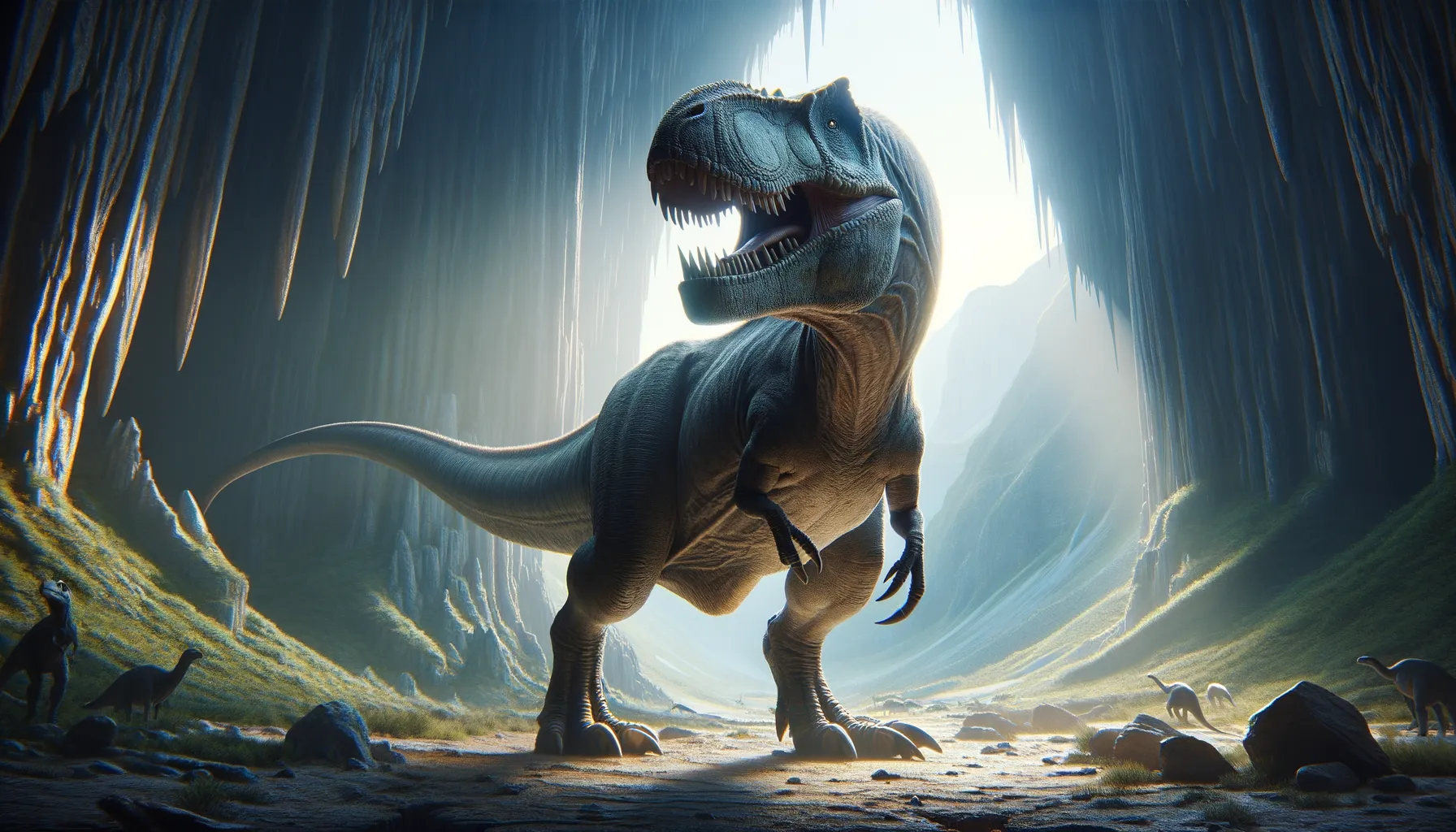
Antrodemus
The mysterious predator of the Jurassic wild.
Period
Jurassic
Length
Around 9 meters long.
Height
About 3 meters tall at the hip.
Weight
Approximately 1,500 kilograms.
Antrodemus was a large carnivorous dinosaur that roamed North America during the late Jurassic period. It was initially thought to be related to Allosaurus due to its similar physical characteristics. This predatory dinosaur had sharp teeth and claws, marking it as an apex predator of its time. Over the years, debates about its classification have arisen due to limited fossil evidence.
Diet
Antrodemus was a carnivore, preying on large herbivorous dinosaurs. It likely scavenged for carcasses as well, adding to its varied diet.
Hunting
It possibly relied on speed and stealth, stalking its prey before launching a swift attack. As an apex predator, it likely hunted alone or in small groups to increase chances of success.
Environmental challenges
Antrodemus faced environmental challenges such as climate fluctuations and varying food availability. Competition with other large predators may have been fierce, requiring adaptability in its hunting and territorial strategies. Changes in plant life and periods of drought would have indirectly affected its food supply, making survival difficult at times.
Speed
Estimated to be moderately fast.
Lifespan
Likely around 20-30 years.
First discovery
First described in 1870 by Joseph Leidy.
Fun Facts
- Antrodemus was originally thought to be a distinct dinosaur species but is now considered the same as Allosaurus.
- The name Antrodemus means 'chamber body' and was given in the 19th century.
- Fossil evidence of Antrodemus was first discovered in the Morrison Formation, a famous dinosaur fossil site in the western United States.
- Antrodemus is an example of how scientific interpretations can change over time as new evidence is discovered.
- The reclassification of Antrodemus to Allosaurus helps scientists better understand dinosaur relationships and paleobiology.
- Antrodemus, like Allosaurus, lived during the Late Jurassic period, approximately 155 to 150 million years ago.
Growth and Development
Like other theropods, Antrodemus likely hatched from eggs and underwent rapid growth during juvenile stages. Its skeletal structure suggests it developed robust limbs early on, aiding in hunting as it matured. The fossil record indicates a mix of accelerated growth and periods of slower development as it reached adulthood.
Habitat
Antrodemus inhabited forested and open plains regions, abundant in prey. The diversity of its habitat would have provided it with ample opportunities for hunting and scavenging. Its environment also included rivers and lakes, offering vital water sources needed for survival.
Interaction with other species
Being a top predator, Antrodemus likely interacted with numerous dinosaurs, both as prey and competitors. This interaction was crucial for balancing the ecosystem. Despite its dominance, it would have faced threats from pack hunters or larger carnivores.
Natural lifespan
Its natural lifespan was likely around 25 years in the wild.
Reproduction
Reproduction involved laying eggs in protected nests, possibly caring for the young until they could fend for themselves. This behavior ensured higher survival rates among offspring.
Social behaviour
While primarily solitary, Antrodemus may have engaged in cooperative hunting with others of its kind to tackle larger prey. Social interactions fought over territory or mates, resulting in occasional aggressive encounters.
Fossil locations
Fossils attributed to Antrodemus have been found in North America, notably in the Morrison Formation. These findings have sparked discussions regarding its classification and synonymy with similar theropods.
